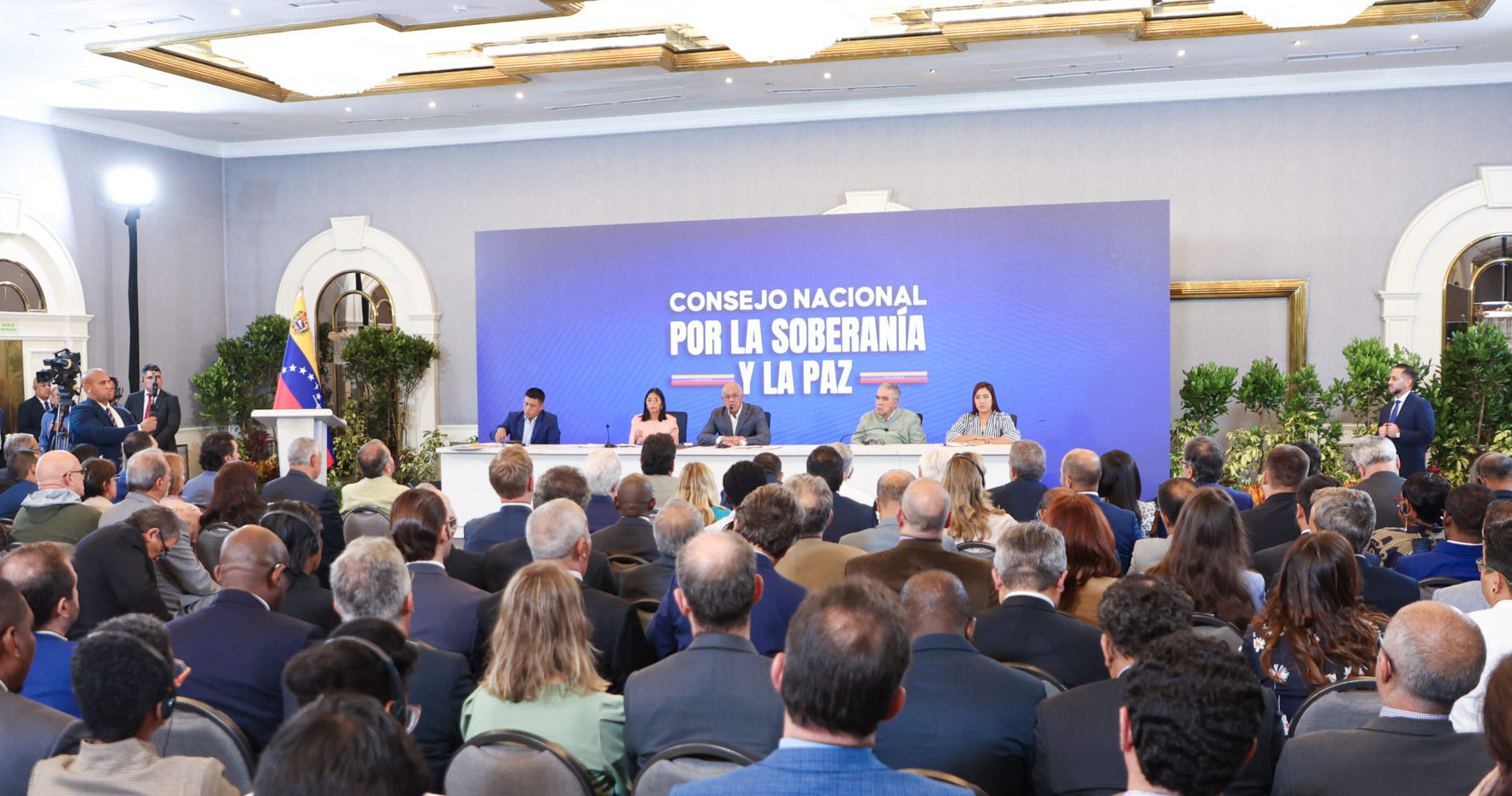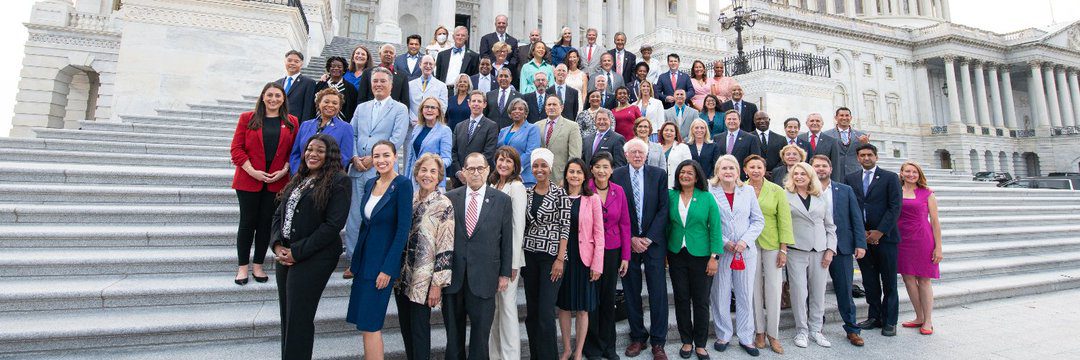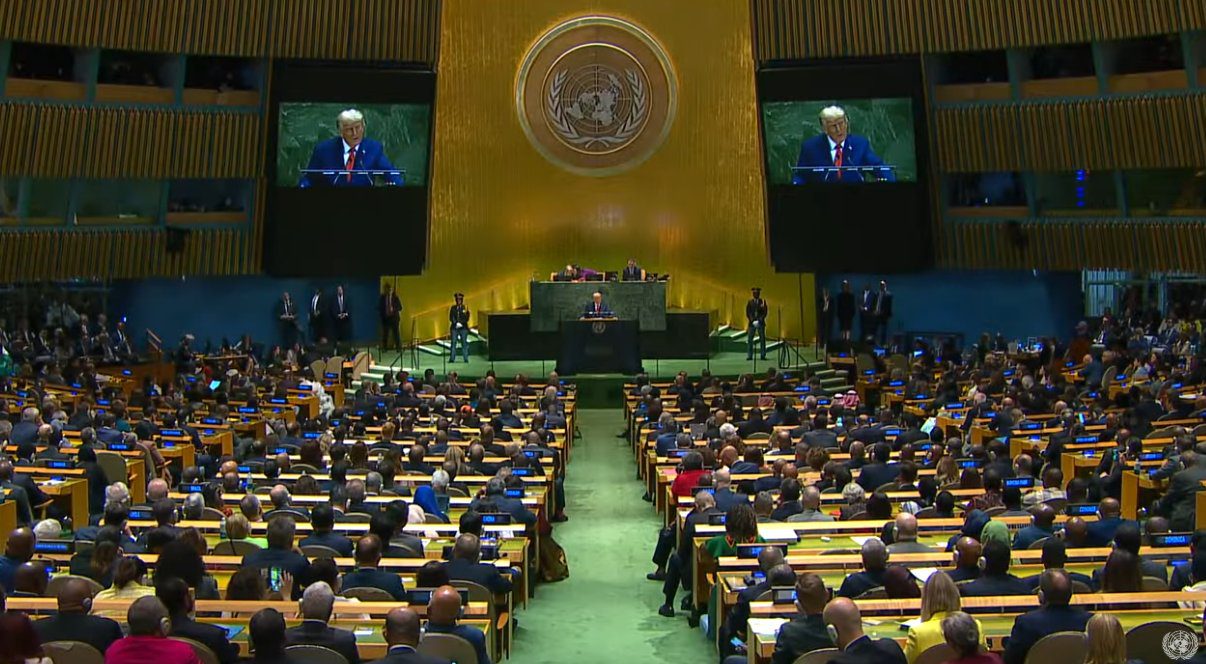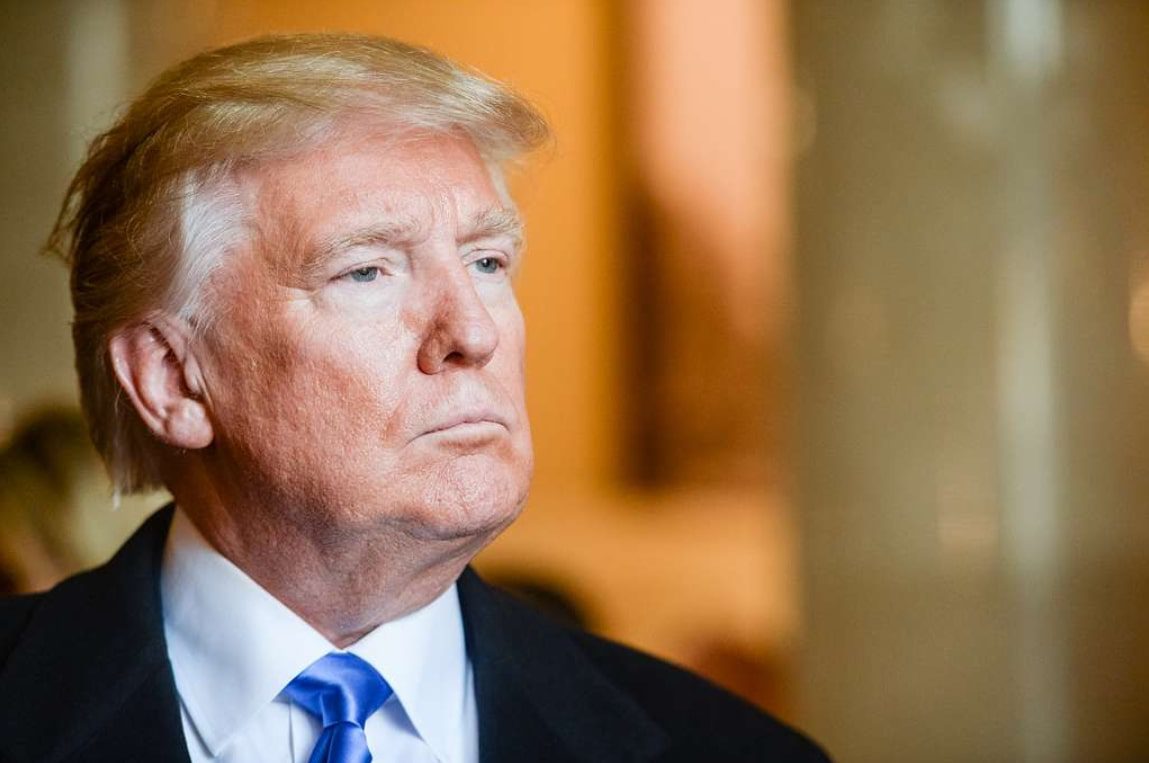U.S. Secretary of State Marco Rubio visited Trinidadian Prime Minister Kamla Persad-Bissessar on September 30, 2025 to discuss the strong partnership between both countries. Photo: Department of State.
Guacamaya, October 1, 2025. On September 30, the government of Trinidad and Tobago announced that it had secured U.S. Secretary of State Marco Rubio’s “for the development of hydrocarbon cross border resources.”
The Caribbean nation is hoping to access untapped offshore natural gas fields found in Venezuela’s exclusive economic zone that are adjacent to its own, but it needs Washington, DC’s permission, given the strict sanctions regime against Caracas.
The announcement was made just after an official meeting between Prime Minister Kamla Persad-Bissessar and Secretary Rubio, in Port of Spain.
A simultaneous State Department statement said it supports Trinidad’s “Dragon gas proposal and steps to ensure it will not provide significant benefit to the Maduro regime.”
The Dragon gas field, in Venezuela’s exclusive economic zone, sits right across from Hibiscus in Trinidad, which is already connected to the island’s pipeline grid.
A game of licenses
Since President Donald Trump’s inauguration, Rubio and his allies have pushed for the cancellation of all Biden-era licenses, which create exceptions for the heavy sanctions that weigh on Venezuela’s financial and hydrocarbons sectors.
After visiting Trinidad in April, the Secretary of State brought down the licenses that allowed Shell and BP to develop Venezuelan offshore gas fields near Trinidad. This was done right in the middle of a general election, contributing to the defeat of Stuart Young, the main proponent of such projects.
However, the Trump administration has since introduced a new authorisation for Chevron, the foreign company with the largest operation in Venezuela. Although the State Department also claimed it was ensuring the Venezuelan government would not benefit, the U.S. oil giant hands over around half of its production to state-owned PDVSA as payment, which then sells it on other markets like China.
Venezuela’s gas, an existential issue for Trinidad
In recent years, Trinidad has sought to access Venezuelan offshore gas fields that are adjacent to its own, to offset dwindling reserves. The island nation produced a peak of 4 billion cubic feet per day in 2010, but it is down to 2.6 Bcfd today. Natural gas still accounts for 80% of the country’s exports.
Besides Dragon to the North, Trinidad is after Manatee and Loran to its southeast, which could also be plugged into nearby gas fields.
There have also been plans to connect the Orinoco Oil Belt, which produces associated gas, to Trinidad’s extensive infrastructure to liquefy, store, and export it. Currently, this region, with the largest concentrated oil reserves in the world, is venting and flaring the vast majority of its gas production. With the infrastructure to capture it and send it to the island, it could easily match Trinidad’s current output.







